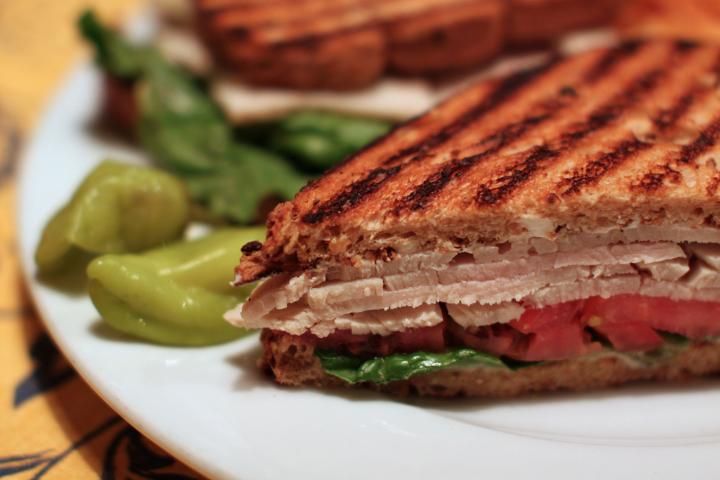
Credit: Mr. T in DC (CC BY-ND 2.0) http://flic.kr/p/6R5656
Why do we need niacin?
Niacin is one of the B vitamins (vitamin B3). Our bodies need niacin to use the energy in carbohydrates, fats, and proteins. Niacin also is needed for DNA repair and for the normal use of calcium in the body.
What happens if we do not get enough niacin?
The disease pellagra results from niacin deficiency. Pellagra was common in the 1800s when many poor Americans ate mostly corn, molasses, and salt pork, which are poor sources of niacin. Because niacin is found in many foods we eat today, most people get plenty in their diets, and pellagra is now a thing of the past.
Pellagra could be called the "D" disease. It leads to diarrhea, dementia (memory disorder), dermatitis (skin rash), and death.
How much niacin do we need?
The following table lists recommended daily intakes of niacin:
How can we get enough niacin?
Niacin is found in whole grain foods such as brown rice and whole wheat bread. If you do not choose whole grain foods, be sure to choose enriched foods. Niacin is one of four vitamins added to enriched grain products such as breakfast cereals and pasta. Look for the word "niacin" in the ingredient list to see if it has been added..
Other good sources of niacin are peanuts, mushrooms, and seafood. Here are some foods and the amount of niacin they contain.
How should foods be prepared to retain niacin?
Because niacin is a water-soluble vitamin, it can be lost when foods are cooked in water. However, most good sources of niacin are not typically cooked in water. Cooking does not affect tryptophan content.
What about supplements?
Most people get plenty of niacin in their diet, so supplements usually are not needed. Most multivitamin supplements contain niacin. There is no need to take a supplement with more than 100% of the Daily Value for niacin.
How much is too much?
The suggested maximum niacin intake from supplements is 35 mg a day for anyone over the age of 19, and 30 mg a day for anyone under the age of 19 (Food and Nutrition Board 1998).
Very high doses of niacin (1,300–3,000 mg per day) are sometimes used to treat high blood cholesterol levels. However, there can be side effects such as flushing of the skin, itching, nausea, increased blood glucose, stomach ulcers, and even liver damage. New forms of high-dose niacin supplements are extended release preparations to minimize these side effects (Grouper and Smith 2008). Do not take large amounts of niacin unless prescribed by your doctor! Let your doctor know if you have side effects from taking niacin supplements.
Where can I get more information?
Your local UF/IFAS Extension Family and Consumer Sciences (FCS) agent may have more written information and nutrition classes for you to attend. Also, a registered dietitian (RD) can provide you with reliable information.
Reliable nutrition information may be found on the Internet at the following sites:
References
Food and Nutrition Board. 1998. Dietary Reference Intakes for Thiamin, Riboflavin, Niacin, Vitamin B6, Folate, Vitamin B12, Pantothenic Acid, Biotin, and Choline. Washington, DC: National Academy Press, 123–49.
Gropper, S. and Smith, J. 2008. Advanced Nutrition and Human Metabolism (5th ed). Mason, OH: Cengage Learning.
United States Department of Agriculture (USDA). n.d. FoodData Central. Accessed March 18, 2020. Retrieved from-- https://fdc.nal.usda.gov/